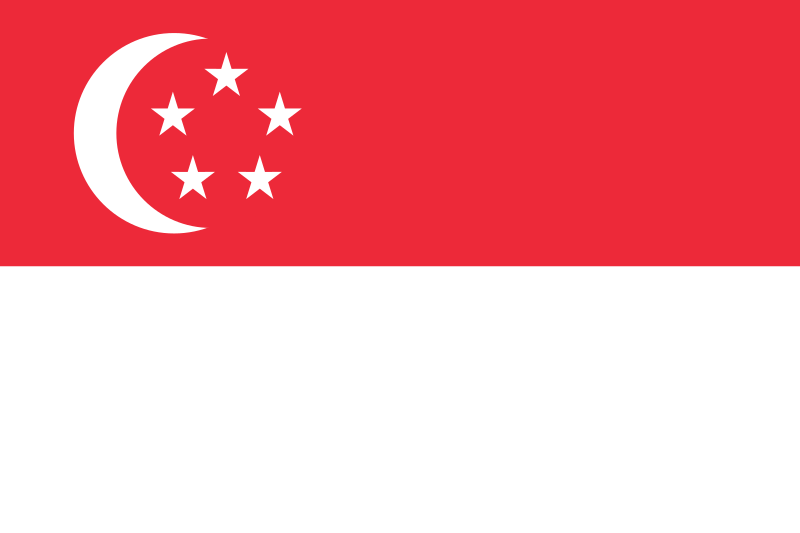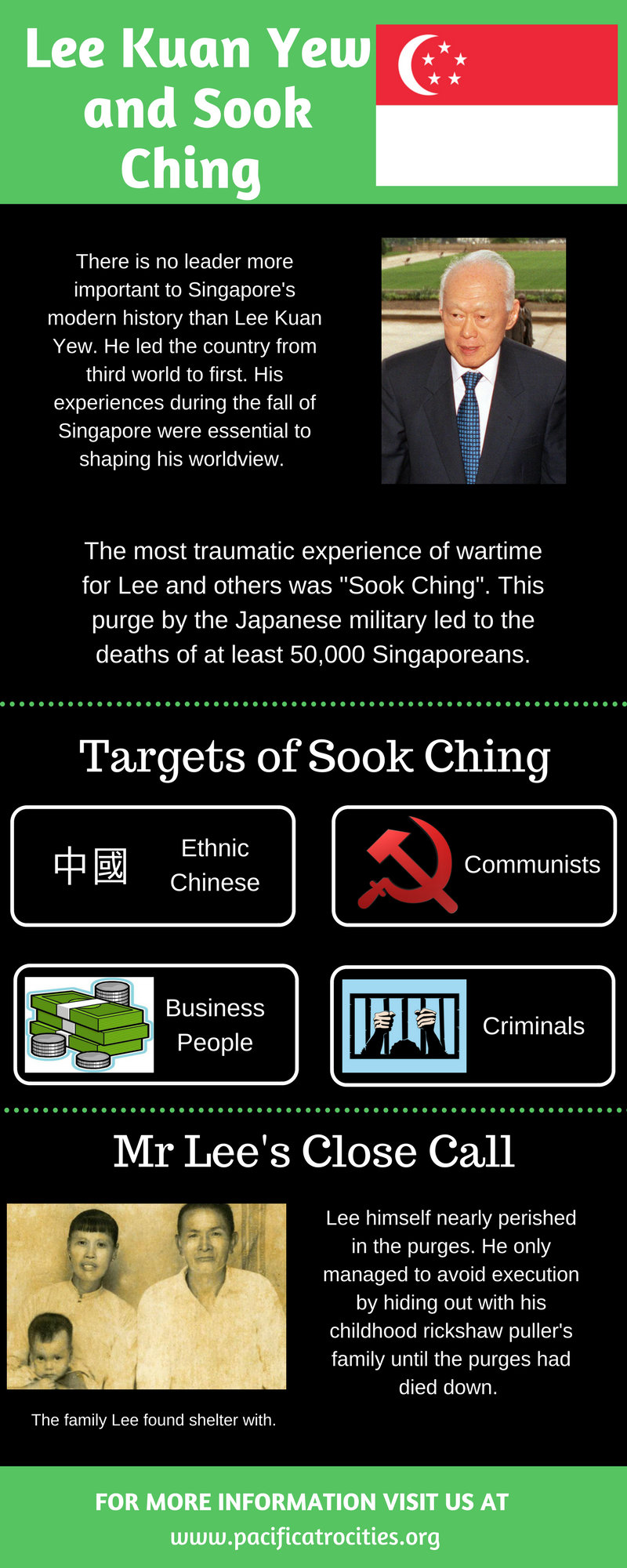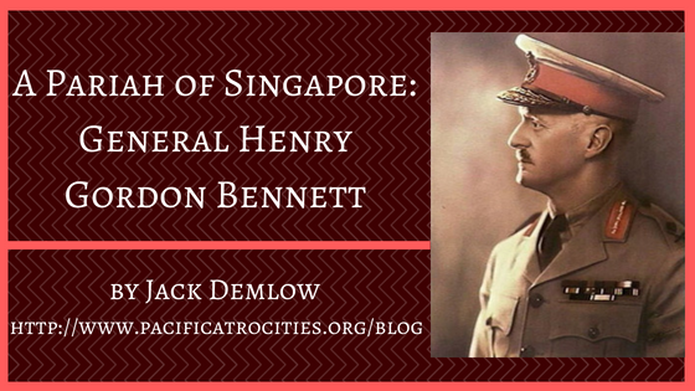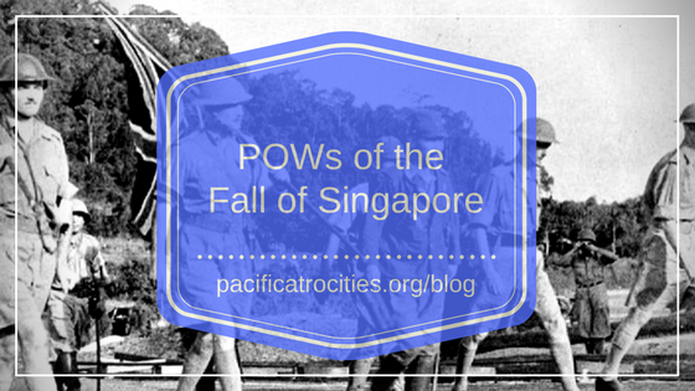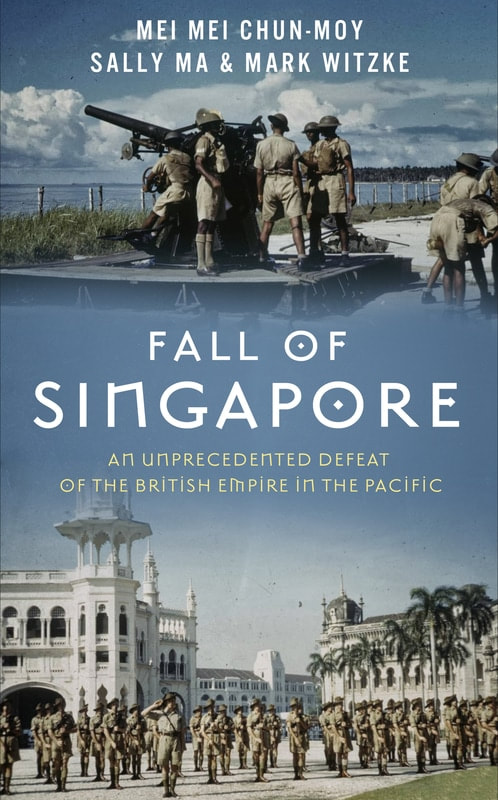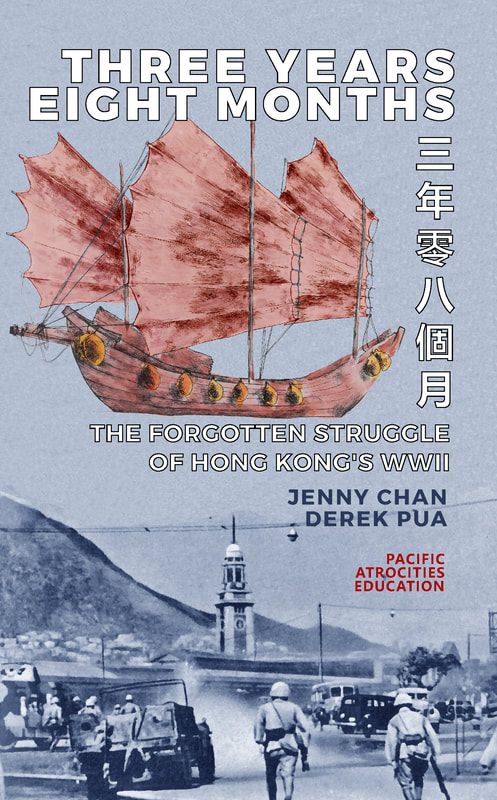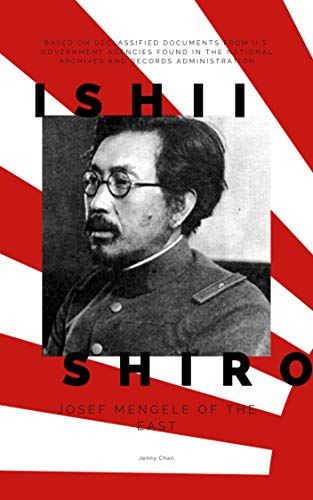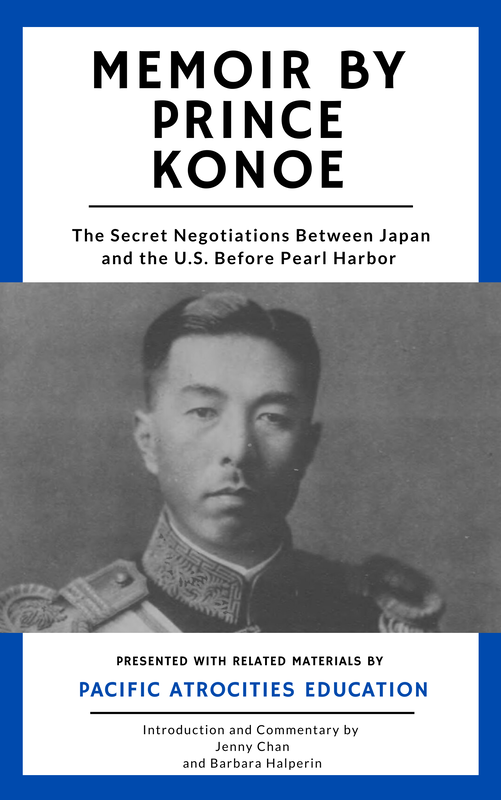|
by Mark Witzke
There is no person more important to Singapore’s modern history than Lee Kuan Yew. He led Singapore into the modern age, guiding Singapore from devastated British colony to thriving and prosperous independent city-state. His determination to reshape Singapore was shaped in part by his experiences during the brutal Japanese occupation.
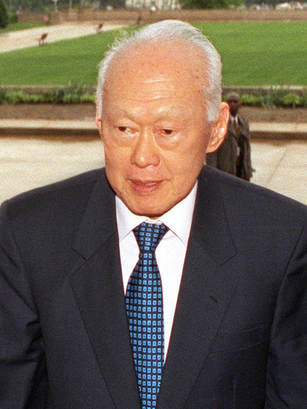
Lee was born in 1923 to an ethnic Chinese family that had lived in Singapore for several generations. Originally from Guangdong, his family had been early settlers in Singapore after it was established as a British colony. Lee was educated in English schools and was often at or near the top of his class. However, his schooling was delayed by the onset of World War II and he found himself in Singapore as the Japanese invaded, just struggling to survive.
Later in life, Lee would reflect poignantly on the atrocities suffered by Singapore during the occupation. In his earlier days, Lee stated that he knew the Japanese as “a clean, neat, disciplined and self-contained community”[1] so he was shocked when he faced the realities of the oppressive occupation. He found the Japanese occupiers to be “unbelievably cruel… systematic brutalization by their military government made them a callous lot. We suffered three and a half years of privation and horror” [2]. Lee described that later during the rebuilding of Singapore, it was not uncommon to find caches of bones in mass graves. Ultimately 40 such sites were located and by Lee’s own estimates, more than 50,000 people were executed following the fall of Singapore. When pressing the Japanese government for reparations and apologies, he was met with regrets and favorable loans, but never a complete apology [3]. (For more information on the fall of Singapore be sure to check out other PAE blogposts here and here) Lee had himself narrowly avoided the aforementioned purges following the fall of the city he would one day rule. In the chaotic aftermath of Singapore’s defeat, the Japanese began to carry out what became known as “Sook Ching”; a process of routinely rounding up and executing anyone whom they thought might oppose their rule. As an educated Chinese man, Lee soon found himself targeted. After being confined to a detention center for several days, he was ordered to board a truck, along with many other young Chinese men. Lee instinctively felt something was wrong and asked for permission to gather his belongings before he left. Permission was granted but Lee did not return, he instead searched for a hiding place and managed to take refuge in the shanty of a rickshaw puller who had worked for Lee’s family his entire childhood, eventually managing to escape a few days later [4]. Lee later heard that those who boarded the truck were shot on the beach near Changi prison. Lee had narrowly avoided being executed and Singapore narrowly avoided losing someone who would become a transformational leader [5]. Thousands of others were not so lucky and the city of Singapore would have to persevere through several more years of hardship before eventual liberation. These experiences, while harrowing and traumatic, would shape Lee’s outlook on life and create determination to build a thriving and strong Singapore. Lee stated the fall of Singapore was “the single most important event of my life” and shaped his worldview such that he felt “determined that no one – neither the Japanese nor the British – had the right to push and kick us around” [6]. The trauma of Japanese occupation made Lee see that the Singaporean people would have to depend on themselves if they wanted safety and security. The dead can’t be brought back to life, the past cannot be erased and the hardships should not be forgotten. However, Lee and the rest of Singapore successfully moved past these hardships and used these events to inspire the creation of an independent and prosperous Singapore.
References
Related ArticlesRelated Books
0 Comments
Leave a Reply. |
- Home
- Stories
-
Internship
- Summer 2024 Internship
- Summer 2023 Internship
- Fall 2022 Internship
- Summer 2022 Internship
- Summer 2021 Internship
- Fall 2020- Spring 2021 Internship
- Summer 2020 Internship
- Fall 2019 Internship
- Summer 2019 Internship >
- School Year 2018-2019 Internship
- Summer 2018 Internship >
- Fall 2017 Internship
- Summer 2017 Internship >
- Books
- Archives
-
Resource Page
-
Supplementary Research Guides
>
- Unit 731 - Guide >
-
Philippines' Resistance - Guide
>
- Philippines World War II Timeline
- The Japanese Invasion & Conquest of the Philippines
- Bataan Death March
- Formation of Underground Philippines Resistance
- Supplies of the Guerrilla Fighters
- The Hukbalahap
- Hunter's ROTC
- Marking's Guerrillas
- United States Army Forces in the Philippines of Northern Luzon (USAFIP-NL)
- The Aetas
- Chinese and Filipino-Chinese Nationalist Guerrilla Units
- The Female Faces of the Philippine Guerrillas
- Rising Sun Flag - Guide >
- Pinay Guerrilleras - Guide >
- Fall of Singapore - Guide >
- Three Years and Eight Months - Guide >
- Siamese Sovereignty - Guide >
- The Khabarovsk War Crimes Trial - Guide >
- Unit 731 Cover-up : The Operation Paperclip of the East - Guide >
- Marutas of Unit 731 - Guide >
- Prince Konoe Memoir - Guide >
- Competing Empires in Burma - Guide >
- Battle of Shanghai - Guide >
- Ishi Shiro - Guide >
- Taiwan The Israel of the East - Guide >
- Seeking Justice for Biological Warfare Victims of Unit 731 - Guide >
- Rice and Revolution - Guide >
- Clash of Empires - Guide >
-
Hunger for Power and Self-SufficiencyI - Guide
>
- The Influence of War Rations on Post-War Culinary Transformations
- How World War II Complicated Food Scarcity and Invention
- American Military Innovations
- Government-Sponsored Food Inventions in Europe during World War II
- Feeding the Army: The Adaptation of Japanese Military Cuisine and Its Impact on the Philippines
- Mixed Dishes: Culinary Innovations Driven by Necessity and Food Scarcity
-
Denial A Quick Look of History of Comfort Women and Present Days’ Complication - Guide
>
- The Comfort Women System and the Fight for Recognition
- The Role of Activism and International Pressure
- The Controversy over Japanese History Textbooks
- The Sonyŏsang Statue and the Symbolism of Public Memorials
- Activism and Support from Japanese Citizens
- The Future of Comfort Women Memorials and Education
- Echoes of Empire: The Power of Japanese Propaganda - Guide >
- Lesson Plans >
-
Supplementary Research Guides
>
|
Pacific Atrocities Education
730 Commercial Street San Francisco, CA 94108 415-988-9889 |
Copyright © 2021 Pacific Atrocities Education.
We are a registered 501 (c)(3) charity. |
- Home
- Stories
-
Internship
- Summer 2024 Internship
- Summer 2023 Internship
- Fall 2022 Internship
- Summer 2022 Internship
- Summer 2021 Internship
- Fall 2020- Spring 2021 Internship
- Summer 2020 Internship
- Fall 2019 Internship
- Summer 2019 Internship >
- School Year 2018-2019 Internship
- Summer 2018 Internship >
- Fall 2017 Internship
- Summer 2017 Internship >
- Books
- Archives
-
Resource Page
-
Supplementary Research Guides
>
- Unit 731 - Guide >
-
Philippines' Resistance - Guide
>
- Philippines World War II Timeline
- The Japanese Invasion & Conquest of the Philippines
- Bataan Death March
- Formation of Underground Philippines Resistance
- Supplies of the Guerrilla Fighters
- The Hukbalahap
- Hunter's ROTC
- Marking's Guerrillas
- United States Army Forces in the Philippines of Northern Luzon (USAFIP-NL)
- The Aetas
- Chinese and Filipino-Chinese Nationalist Guerrilla Units
- The Female Faces of the Philippine Guerrillas
- Rising Sun Flag - Guide >
- Pinay Guerrilleras - Guide >
- Fall of Singapore - Guide >
- Three Years and Eight Months - Guide >
- Siamese Sovereignty - Guide >
- The Khabarovsk War Crimes Trial - Guide >
- Unit 731 Cover-up : The Operation Paperclip of the East - Guide >
- Marutas of Unit 731 - Guide >
- Prince Konoe Memoir - Guide >
- Competing Empires in Burma - Guide >
- Battle of Shanghai - Guide >
- Ishi Shiro - Guide >
- Taiwan The Israel of the East - Guide >
- Seeking Justice for Biological Warfare Victims of Unit 731 - Guide >
- Rice and Revolution - Guide >
- Clash of Empires - Guide >
-
Hunger for Power and Self-SufficiencyI - Guide
>
- The Influence of War Rations on Post-War Culinary Transformations
- How World War II Complicated Food Scarcity and Invention
- American Military Innovations
- Government-Sponsored Food Inventions in Europe during World War II
- Feeding the Army: The Adaptation of Japanese Military Cuisine and Its Impact on the Philippines
- Mixed Dishes: Culinary Innovations Driven by Necessity and Food Scarcity
-
Denial A Quick Look of History of Comfort Women and Present Days’ Complication - Guide
>
- The Comfort Women System and the Fight for Recognition
- The Role of Activism and International Pressure
- The Controversy over Japanese History Textbooks
- The Sonyŏsang Statue and the Symbolism of Public Memorials
- Activism and Support from Japanese Citizens
- The Future of Comfort Women Memorials and Education
- Echoes of Empire: The Power of Japanese Propaganda - Guide >
- Lesson Plans >
-
Supplementary Research Guides
>
